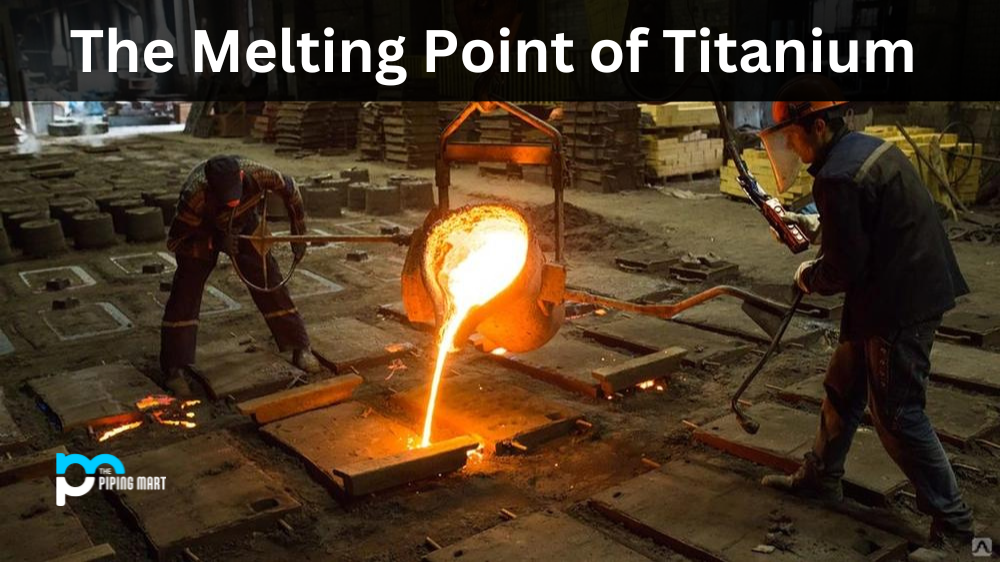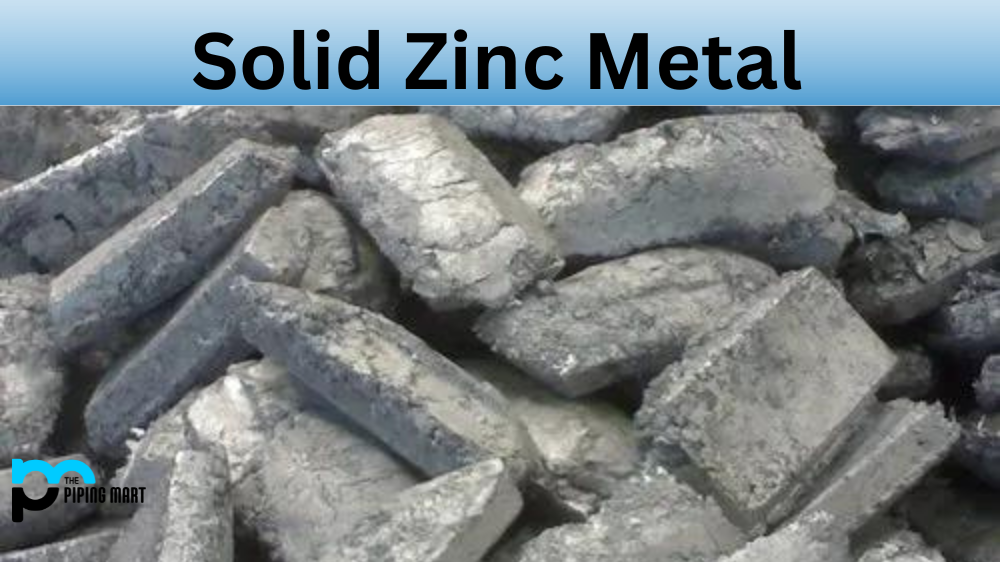Duplex stainless steel is a great material for welding because of its combination of strength and corrosion resistance. However, it can be difficult to weld and requires special techniques in order to ensure that the welds are strong and free from defects. In this blog post, we’ll take a look at the basics of how to weld duplex stainless steel so that you can get started on your welding project.
Types of Welding Techniques
The type of welding technique you will use depends on the thickness and type of material being welded. For example, thin sheets or pipes may require TIG (Tungsten Inert Gas) welding, while thicker plates may require MIG (Metal Inert Gas) or stick welding. It is important to research which type of welding technique is best suited for your project before beginning.
Preparation
Before beginning any welding job, it is important to make sure that all materials are clean and free from dirt and oils. This will help ensure that the welds created are strong and free from defects. Additionally, it is important to make sure there is adequate ventilation in the area, as fumes from the welding process can be dangerous.
Welding Process
Once all preparations have been made, it’s time to begin welding! When welding duplex stainless steel, it is important to maintain a slow speed throughout the process so as not to overheat the material or create slag on the surface of your workpiece. Additionally, make sure that you use a filler metal that matches the composition of your base material in order for your welds to adhere properly. Lastly, inspect your work after each pass through your welder in order to detect any issues early on before they become major problems later down the line.
Conclusion:
Welding duplex stainless steel requires special techniques in order to ensure strong and defect-free welds. Before beginning any project involving duplex stainless steel, be sure to research which type of welding technique is best suited for your particular application, as well as proper preparation techniques such as cleaning materials and providing adequate ventilation during the process. Additionally, make sure you use a matching filler metal and maintain a slow speed throughout in order to prevent overheating or slag build-up on your workpiece surface. Following these tips will help ensure that you have successful results when working with this unique material!

Pipingmart is a B2B portal that specializes in metal, industrial and piping items. Additionally, we share the latest information and information about materials, products and various types of grades to assist businesses that are involved in this business.




